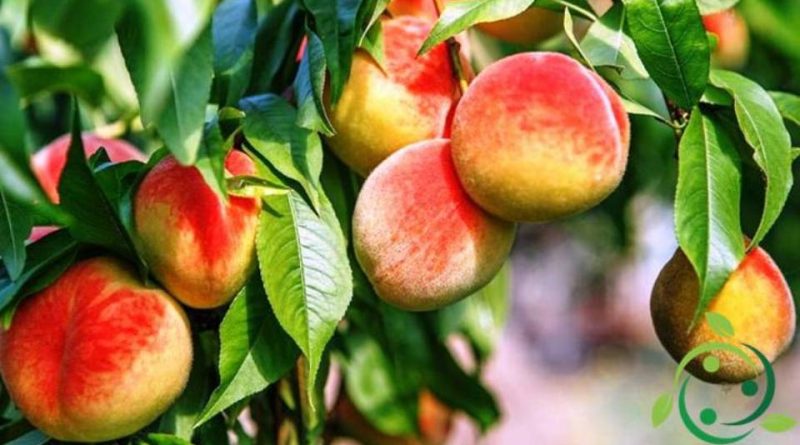How to prepare a Peach cutting
How to prepare a Peach cutting
The peach (Prunus persica (L.) Batsch) is a species belonging to the Rosaceae family of which countless varieties are grown.
The reproduction of the peach tree, as for other fruit trees, can take place via gamic or agamic way.
The reproduction by gamic way is that obtained by seed, and in this case the plants obtained will have a genetic variability linked to the original patrimony of the two parents. The reproduction by agamic way can be made, normally, by air layering or by cutting; in this case seedlings identical to the mother plant will be obtained and it is one of the most suitable techniques for reproducing homogeneous populations of plants.
It should be noted immediately that the cultivation of the peach is done on rootstock which, normally, is chosen on the basis of a series of criteria, such as, for example: climatic, soil conditions, vigor, etc.
In this contribution we will understand how to obtain a peach cutting by immediately specifying that unfortunately the peach cuttings as for other fruit plants do not always succeed easily, and even the subsequent development of the plant can have problems.
This is one of the reasons why fruit plants are generally grafted onto particular rootstocks, to make them fruitful, healthy and vigorous.
However, if you intend to root a cutting of the peach tree branch, you can try to take a small portion, dip it in a rooting hormone, also prepared by hand, and place it in a jar, with fresh and moist soil.
We specify that the soil must be prepared using a mixture of sand and black peat in the 4: 1 ratio and that the sand should preferably be siliceous. In addition, a 2-3 cm layer of expanded clay or crushed stone should be placed on the bottom of the jars to increase the draining and drainage capacity of excess water.
Returning to the cuttings, take into account the fact that the cuttings are practiced using new branches, which already have a semi-woody consistency, taken in the period of late spring, or woody, in late summer; moreover, among all the branches, portions are taken to make cuttings, from those that have not bloomed, because they are more likely to root.
To have a greater number of cuttings, and therefore a greater number of probabilities of cuttings taking root, it is better to reduce the entire branch into cuttings.
The cuttings taken must have, if possible, left one leaf in the apical position and one in the basal position. This will guarantee a not excessive perspiration and, at the same time, the possibility that the leaflets still synthesize the substances necessary for a good rooting.
Once the portions of twig, which must be between 10 and 15 cm long, are obtained, they must be immersed for a few hours in the rooting hormones, placed inside the jars and kept in an environment with high relative humidity (a cold greenhouse would be excellent) or at least by making continuous nebulizations during the day.
The rooting site should not be exposed to the sun but in an area shaded by other plants and the soil kept constantly humid but without causing stagnation.
The certainty of rooting will occur when the young cuttings begin to issue the first leaves. Only after 1-2 months from rooting can the jars be moved to a shaded area, under a less dense vegetation than the previous one.

